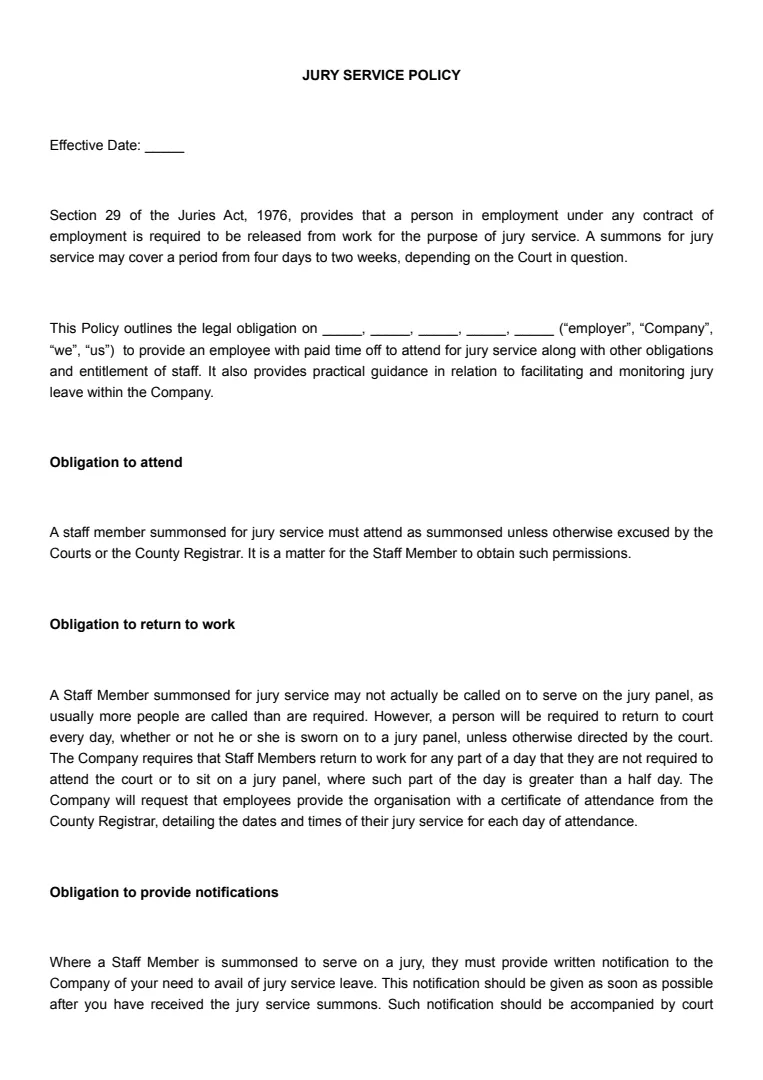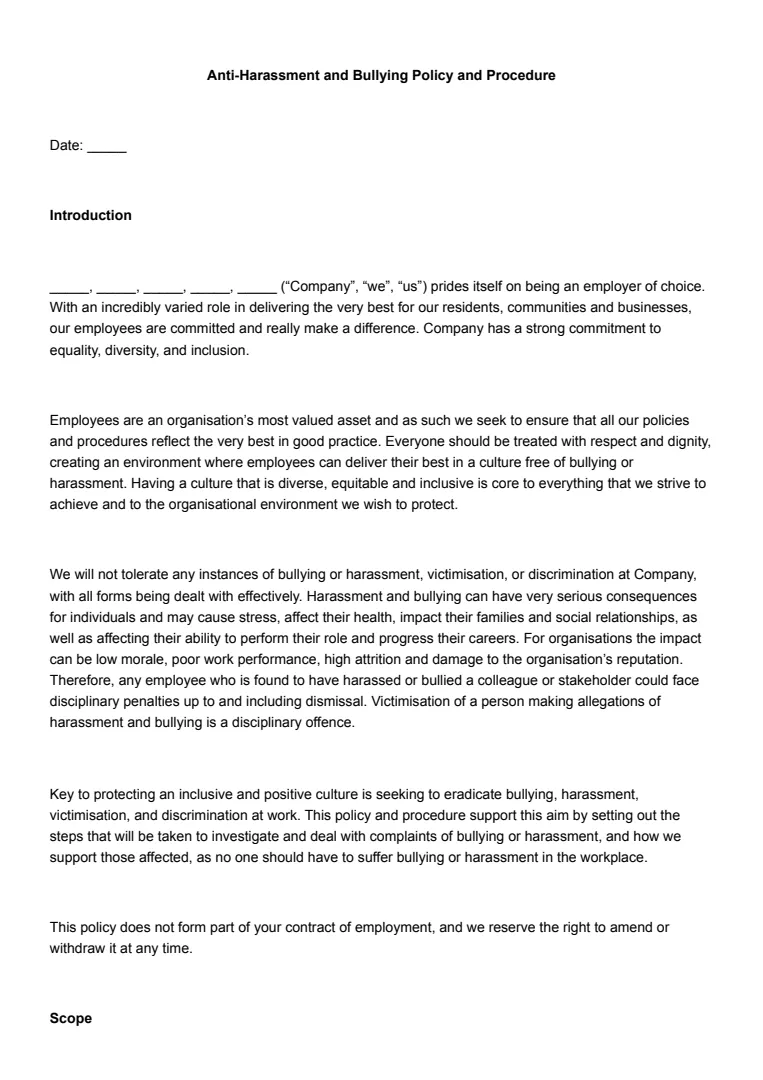What Is a Sickness Policy?
A sickness policy is a document that outlines the procedures and guidelines for managing employee absences due to illness. It provides clarity on how to report sickness absence and details the steps involved in processing sick leave, ensuring everyone knows what to expect.
Understanding these policies is crucial for both employees and employers.
Employees get clear instructions on how to report their illness and what documentation might be needed, such as fit notes or other proof of sickness.
Employers, on the other hand, have a framework for handling absences fairly and consistently.
A typical sickness policy might cover points like:
- How to report a sickness absence
- Requirements for documentation or medical evidence
- Process for returning to work
It's not just about taking time off work – it can also involve sick pay.
Some policies include details on statutory sick pay (SSP) and any additional company benefits. This transparency helps employees understand their entitlements, which can ease stress during an already difficult time.
Monitoring absences is another aspect of a comprehensive sickness policy.
By tracking patterns or frequent absences, employers can identify any underlying issues and support employees appropriately. This might involve setting up trigger points, like the Bradford Factor, to address persistent absences.
A well-designed sickness policy ensures fairness and helps maintain a healthy workplace. It’s about balancing the needs of employees with the operational requirements of the business, supporting overall productivity while ensuring that team members feel valued and supported when they are unwell.
When Is a Sickness Policy Needed?
A sickness policy is essential when there's a need to set clear expectations about how sickness absence should be managed in your workplace. This can prevent misunderstandings and ensure everyone knows their responsibilities.
If your organisation experiences frequent employee absences due to sickness, it’s crucial to have a policy in place. It helps manage the situation consistently.
In cases where you have both short-term and long-term sickness absences, a policy can provide guidelines on how these will be handled. This ensures both types are managed fairly.
Whenever there is a legal requirement to provide sick pay, having a clearly defined policy is important. This ensures compliance with statutory obligations and keeps everything transparent.
If you want to support employee well-being and mental health, including specific provisions for such situations in the sickness policy can be beneficial. This aligns your policy with contemporary workplace dynamics.
How to Write a Sickness Policy
As an employer, you can follow these steps to create a clear and comprehensive UK sick leave policy.
Step 1: Identify the Scope of the Policy
Begin by deciding who will be covered by the policy – full-time, part-time, and possibly temporary employees. Clearly defining eligibility will help employees know where they stand if they're unwell.
Step 2: Set Out the Notification Procedure
Define the procedure for notifying sickness. Specify how employees should report their absence, including within what time frame and to whom.
This helps maintain transparency and allows you to manage workloads effectively.
Step 3: Define Sick Leave Calculation
Detail how sick leave will be calculated. Include accrual methods if applicable and specify whether it’s paid or unpaid. Define increments for leave usage, whether in full days or hours.
Consistency in this aspect prevents misunderstandings.
Step 4: Consider Using Fit Notes and Self-Certification
Consider incorporating the use of fit notes and self-certification. Set out when employees are required to provide a fit note or statement of fitness for work, often after a certain number of days.
Self-certification might be accepted for shorter absences.
Step 5: Outline Managing Long-Term Sickness
Define your process for managing long-term sickness. Clarify any procedures that differ from short-term absences. This could include periodic reviews or requiring additional documentation.
Step 6: Outline Return-to-Work Support
It's also essential to outline any support provided for employees returning from extended sick leave.
Having a robust return-to-work process can be beneficial for reintegrating employees smoothly.
Step 7: Ensure Consistency and Flexibility
Ensure the policy is flexible enough to adapt to individual needs while being consistent. Applying your policy uniformly helps in maintaining fairness across your organisation.
Consider using a sickness policy template and company sick pay policy examples for the UK to help write yours.













